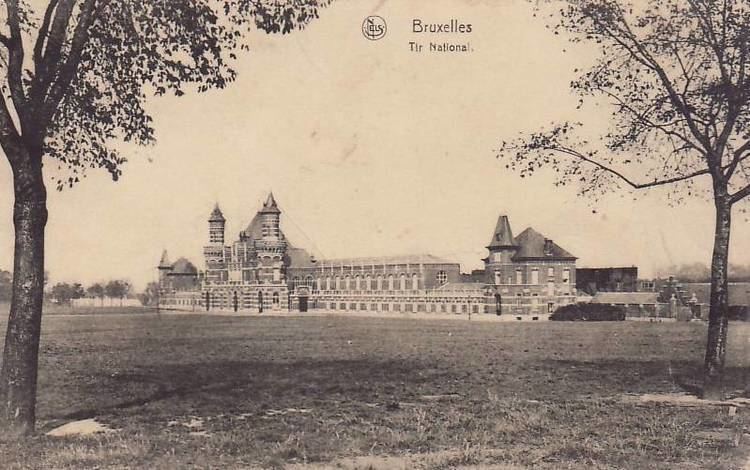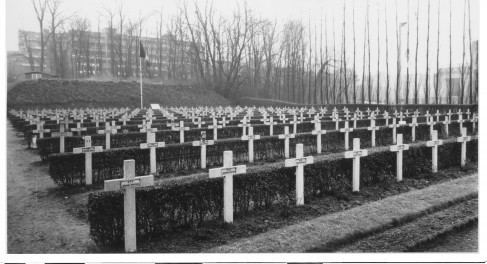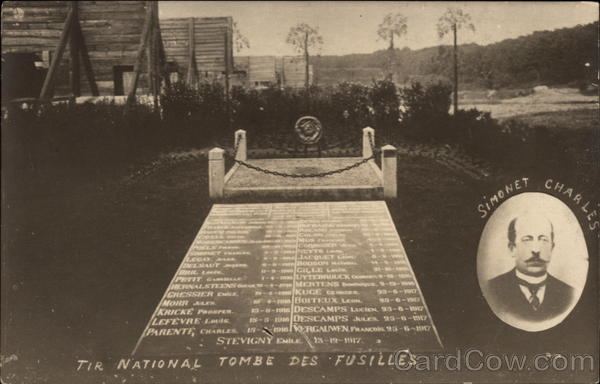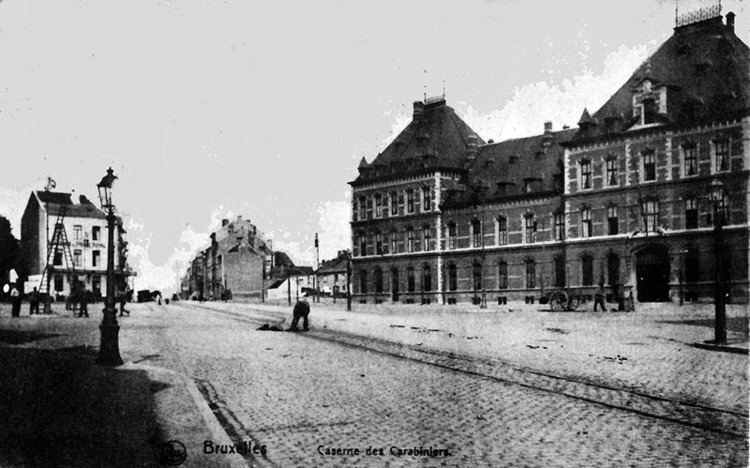Country Belgium Known for Executions Construction started 1886 | Opened 1889 Town or city Schaerbeek Demolished 1963 | |
 | ||
200 meters vz 58 training session tir national de versailles
The National shooting range (French: Tir national, Dutch: Nationale Schietbaan) was a firing range and military training complex of 20 hectares (49 acres) situated in the municipality of Schaerbeek in Brussels. During World Wars I and II the site was used for the executions of civilians, prisoners and captured members of the resistance.
Contents
- 200 meters vz 58 training session tir national de versailles
- History
- World War I
- World War II
- References

History

The first range was started in 1859 by Charles Rogier (Belgian minister of defence) and the mayor of Schaerbeek (Eugene Dailly) at the Prince Baudouin barracks in the Place Dailly. This first range was abandoned in 1886 by the government due to obsolescence. Modernisation of weapons meant that longer ranges were required.

The shooting commission (Commission du Tir) decided to build a larger venue to permit members of the Garde Civique to practise over longer distances. In 1886 work was begun on a plateau at Linthout on the modern Reyerslaan. The centre opened in 1889. The building included a 600-metre (660 yd) indoor range which was used by the Garde Civique and army until 1945. In 1963 the centre was demolished. The site is now occupied by a media complex for the Belgian public service television RTBF and VRT.

The centre had become a focus of Belgian patriotism. During both world wars it had been under the control of the occupying German forces and was used for executions. Amongst those executed at the site were the English nurse Edith Cavell (on 12 October 1915) and Gabrielle Petit (on 1 April 1916). In World War II, prisoners held at the Prison of Saint-Gilles were taken to the Tir national to be executed. The only remaining building is dedicated to Edith Cavell. There is a small cemetery, close to the present television centre, known as the enclos des fusillés. There are 365 tombs, and a pillar among the graves marks the location of the urn containing the remains of victims of the concentration camps in 1940–1945.
